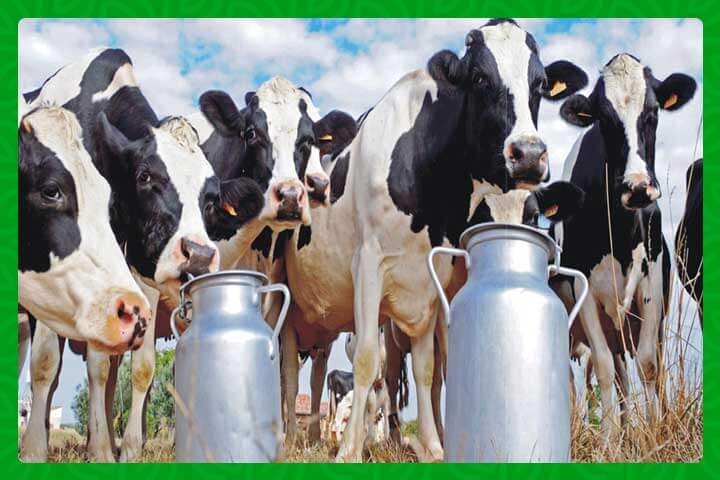
In a remarkable turn of events, Zimbabwe’s dairy industry is experiencing unprecedented growth, with August marking a pivotal moment in its journey. The nation witnessed a staggering 13% increase in raw milk production compared to the same month in the previous year. Data from the Dairy Services Unit (DSU) reveals that August 2023 saw milk intake soar from 7.8 million liters in 2022 to a remarkable 8.8 million liters this year, painting a vivid picture of sector-wide expansion.
A Year of Success
The DSU’s statistics not only showcase August’s phenomenal growth but also unveil an impressive cumulative increase in milk production from January to August. In 2022, the nation produced 59.0 million liters during this period, but in 2023, this figure surged to an astounding 63.0 million liters. It’s a testament to the sector’s resilience and potential.
Government Commitment
At the recent Zimbabwe Association of Dairy Farmers (ZADF) annual general meeting (AGM), Anxious Masuka, the Minister of Lands, Agriculture, Fisheries, Water, and Rural Development, delivered a resounding message of government commitment to the dairy sector. He outlined ongoing efforts to engage private stakeholders and tackle pivotal issues like land allocation and water tariffs.
Minister Masuka set high expectations, expressing his belief that milk production would exceed forecasts with a six percent increase, reaching an impressive 101 million liters by year-end. He attributed this optimistic outlook in part to improvements in the power supply, facilitated by various power plants like Hwange Power Plant and Kariba.
The AGM: A Forum of Insights
The ZADF AGM, attended both physically and virtually by industry stakeholders, served as a rich source of insights. It featured presentations spanning various topics, including investment opportunities, nutrition’s role in milk production, fertility, health, and economics.
Delegates delved into discussions on dairy extension services, research at the farm level, breeding strategies for dairy profitability, calf rearing, the pros and cons of crossbreeding, mastitis management, and the national dairy herd health program.
Exporting Excellence
Recent developments have also seen the dairy sector expand its horizons, witnessing a substantial increase in capacity utilization from 40% in 2020 to a robust 60% today. Some local processors have ventured into regional markets by exporting their dairy products, further solidifying Zimbabwe’s position on the global dairy map.
A Boon for Investment
Paidamoyo Chadoka, CEO of ZADF, revealed that approximately US$20 million in investments across the dairy value chain (DVC) in 2022 resulted in the country producing a remarkable 91.4 million liters of raw milk, a significant increase from the previous year’s 79.6 million liters. A substantial sixty percent of this investment was directed towards enhancing efficiency and capacity at the processing level.
Dr. Reneth Mano, Executive Administrator of the Livestock and Meat Advisory Council (LMAC), emphasized the pressing need for a structured dairy investment fund. This fund would extend loans to trained farmers, facilitating capital investments aimed at increasing the number of crossbred dairy cows per farmer.
Zimbabwe’s dairy industry is in the midst of a transformative journey, marked by impressive growth, government commitment, and a wealth of insights from industry experts. As the nation continues to expand its dairy horizons, it stands as a beacon of hope and potential within the global dairy landscape. The surge in milk production is not merely a statistic; it’s a testament to the resilience and determination of Zimbabwe’s dairy sector, poised for even greater heights in the future.
Stay updated with the latest farming tips and agriculture industry news from Africa by subscribing to our newsletter. Don’t miss out on valuable insights and updates. Follow us on Twitter, LinkedIn, and Facebook to join our farming community and stay connected with us.



















